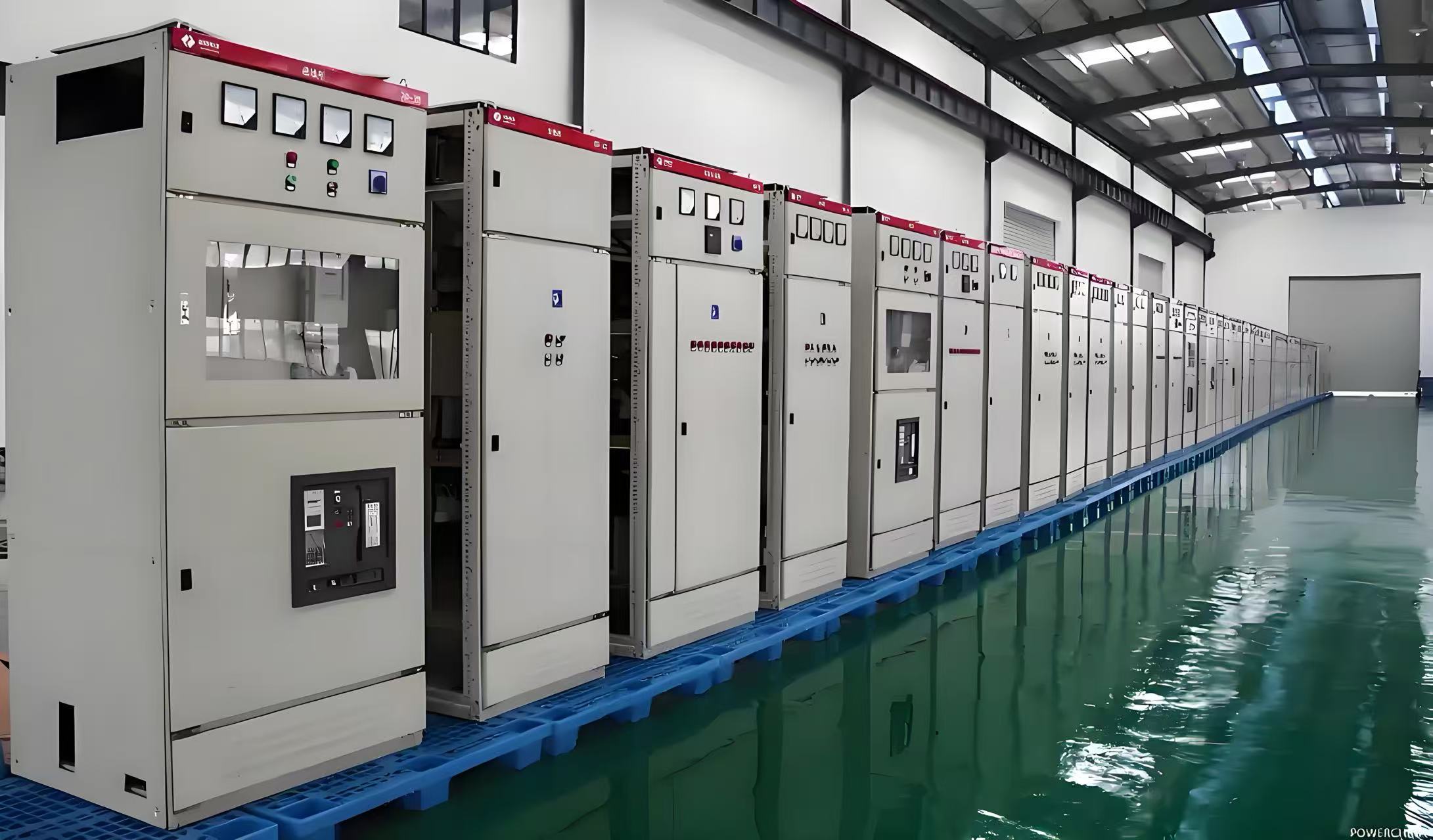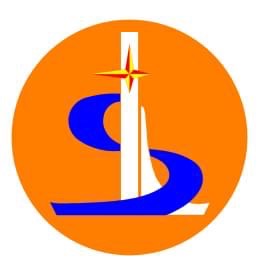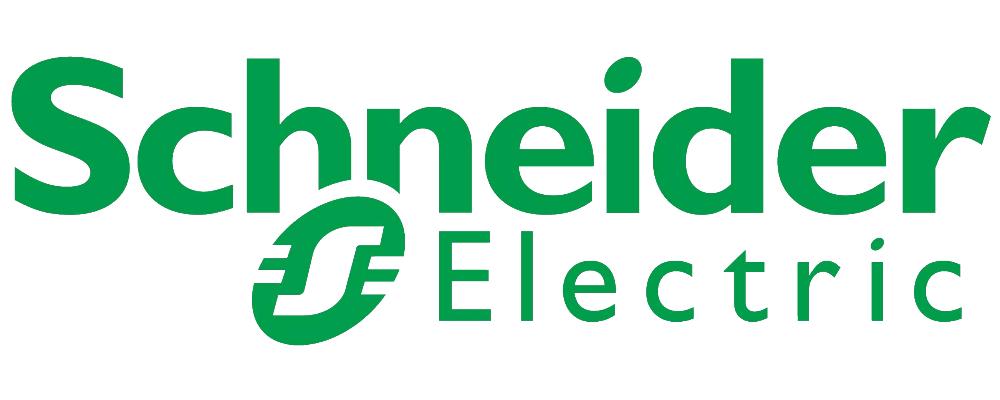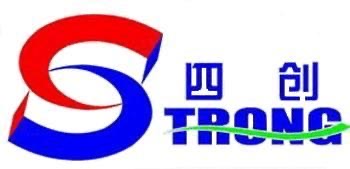Composition and Functions of High and Low Voltage Switchgear in Hydropower Stations
Overview
The high and low voltage switchgear in hydropower station is a critical component connecting the generator to the power system. It is mainly used to control and protect the operation of the generator. By integrating multiple electrical devices, these switchgears ensure the safe, stable, and efficient operation of the generating unit. They play a crucial role in the reliability and safety of the power system.
Composition
High and low voltage switchgear typically consist of several main components:
1. High-Voltage Switchgear (High-Voltage Switchgear)
1. Circuit Breaker:
· Function: Used to connect and disconnect high-voltage circuits, protecting the system from faults such as short circuits and overloads.
· Types: Common types include Vacuum Circuit Breakers (VCB) and SF6 Circuit Breakers.
2. Isolator:
· Function: Used to disconnect high-voltage power during maintenance or repair to ensure the safety of operators.
· Features: Isolators typically do not have arc-quenching devices and can only be operated under no-load or light-load conditions.
3. Earthing Switch:
· Function: Used to ground high-voltage circuits, ensuring safety during maintenance or repair.
· Features: Earthing switches are often used in conjunction with isolators to ensure that the circuit is reliably grounded after disconnection.
4. Protective Relays:
· Function: Monitor high-voltage electrical parameters (such as voltage, current, and frequency) and detect faults. When a fault is detected, the relay triggers the circuit breaker to interrupt the circuit.
· Types: Common types include overcurrent relays, low voltage relays, and differential protection relays.
5. Instrumentation and Measuring Devices:
· Function: Used to monitor and display high-voltage electrical parameters, such as voltmeters, ammeters, and wattmeters.
· Features: These devices provide real-time data, helping operators to monitor the substation's operational status.
6. Control and Protection Units:
· Function: Include control relays, contactors, and time relays, used to control and protect the operation of the high-voltage system.
· Features: Through logical control and automation systems, they achieve precise control of the high-voltage system.
7. Auxiliary Equipment:
· Function: Include signal indicators, alarms, and communication interfaces, used to provide operational guidance and fault alarms.
· Features: These devices enhance the operability and safety of the system.
8. Cables and Busbars:
· Function: Used to connect various devices within the high-voltage switchgear, ensuring reliable current transmission.
· Features: The selection and layout of cables and busbars must consider electrical performance and mechanical strength.
2. Low-Voltage Switchgear (Low-Voltage Switchgear)
1. Circuit Breaker:
· Function: Used to connect and disconnect low-voltage circuits, protecting the system from faults such as short circuits and overloads.
· Types: Common types include Molded Case Circuit Breakers (MCCB) and Miniature Circuit Breakers (MCB).
2. Isolator:
· Function: Used to disconnect low-voltage power during maintenance or repair to ensure the safety of operators.
· Features: Isolators typically do not have arc-quenching devices and can only be operated under no-load or light-load conditions.
3. Earthing Switch:
· Function: Used to ground low-voltage circuits, ensuring safety during maintenance or repair.
· Features: Earthing switches are often used in conjunction with isolators to ensure that the circuit is reliably grounded after disconnection.
4. Protective Relays:
· Function: Monitor low-voltage electrical parameters (such as voltage, current, and frequency) and detect faults. When a fault is detected, the relay triggers the circuit breaker to interrupt the circuit.
· Types: Common types include overcurrent relays, low voltage relays, and earth leakage relays.
5. Instrumentation and Measuring Devices:
· Function: Used to monitor and display low-voltage electrical parameters, such as voltmeters, ammeters, and wattmeters.
· Features: These devices provide real-time data, helping operators to monitor the system's operational status.
6. Control and Protection Units:
· Function: Include control relays, contactors, and time relays, used to control and protect the operation of the low-voltage system.
· Features: Through logical control and automation systems, they achieve precise control of the low-voltage system.
7. Auxiliary Equipment:
· Function: Include signal indicators, alarms, and communication interfaces, used to provide operational guidance and fault alarms.
· Features: These devices enhance the operability and safety of the system.
8. Cables and Busbars:
· Function: Used to connect various devices within the low-voltage switchgear, ensuring reliable current transmission.
· Features: The selection and layout of cables and busbars must consider electrical performance and mechanical strength.
Functions
The main functions of high and low voltage switchgear include:
1. Control of Generator Start and Stop:
· Through circuit breakers and control units, operators can remotely or locally control the start and stop of the generator, ensuring its smooth operation.
2. Protection of Generator and System:
· Protective relays and circuit breakers can detect and respond to various faults (such as short circuits, overloads, low voltage, and phase sequence imbalance), rapidly interrupting the circuit to prevent equipment damage and system failures.
3. Monitoring of Generator Operation:
· Instrumentation and measuring devices monitor electrical parameters in real time, providing real-time data to help operators monitor and analyze the generator's operational status.
4. Support for System Coordination and Integration:
· Switchgear, through integration with control systems, achieves coordination and integration between the generator and the power system, ensuring the stable operation of the power system.
5. Enhancing System Safety and Reliability:
· Isolators and earthing switches ensure safety during maintenance and repair, while protective relays and circuit breakers improve system reliability by reducing the occurrence and impact of faults.
6. Providing Operational and Maintenance Support:
· Auxiliary equipment such as signal indicators and alarms provide intuitive operational guidance and fault alarms, facilitating daily operations and maintenance work.
Summary
The high and low voltage switchgear at the generator terminal of a hydropower station are critical components connecting the generator to the power system. By integrating multiple electrical devices, these switchgears ensure the safe, stable, and efficient operation of the generating unit. They play a significant role in the reliability, safety, and efficiency of the power system.













